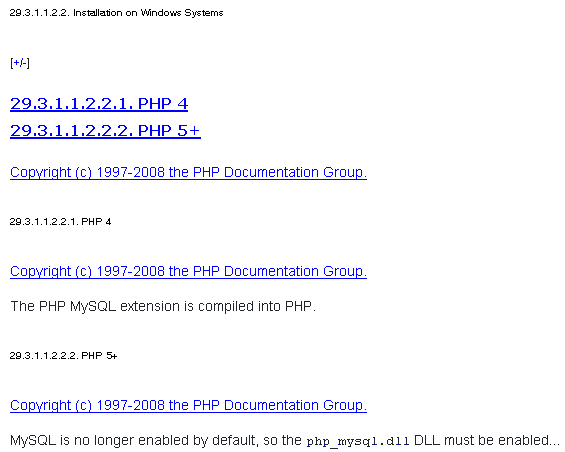Questioning the significance of blogs and social networks
I've turned my brain to mush reading about all these social networking and twitter opinion pieces and the readers' comments that accompany them. It's all too easy to reach information overload just reading about them, and not actually reading from them. Regardless, I've learned some things along the way, and strengthened some opinions I already had forming.
My personal opinion is, unless you have extremely topical / insightful / thought-provoking / funny / or you're posting first-hand breaking news in your tweets, they're of little value to me or anyone else. I'm not going to read them. I'm far too busy and there are better things to do with my time. This also goes for Facebook status updates. I'm not just a hater; Facebook is good for some things, especially if it promotes turning off the computer and doing things in the real world.
Blog posts are a different kind of animal. Most people spend a fair amount of time composing them, polishing them, and have enough room to support an opinion they may be expressing. Some - like this post - are intended to be thought provoking for the reader.
Do you have your own blog? If not, imagine you do. Would it contain up-to-the-minute local news and events, essays, specialist information on one topic? How is it different than a printed magazine, or a printed newspaper? Do you update it every day, week, or month?
I probably have more questions than I have answers. To find these answers I would first look to traditional historical forms of communication. Think about what books, newspapers, magazines, radio, television, telephone, snail mail, the local pub and others have done well, and adapt it to the new digital medium. The biggest changes made possible by technology is the low cost, far reach, and immediacy of self-publishing.
This blog is still in its infancy, and many of the above questions are still to be answered. The more input I get from readers, the better focussed my content can get. So comments and questions are appreciated. And my goal for now is to post again in less than a month to get some momentum happening.




